Informations brèves
La culture du thé est les caractéristiques culturelles formées dans le processus d'activités de consommation de thé, La culture du thé comprend une cérémonie de thé, spiritueux, livre de thé, outils à thé, peinture à thé, thé, thé à théâtre, etc. Le thé est originaire de Chine et a été reporté et hérité, tandis que la culture du thé est également originaire de Chine et a été largement répandue, La culture du thé est également intégrée à la vie, reflété dans tous les aspects tels que la fabrication du thé, Traiter les gens, et amélioration personnelle.
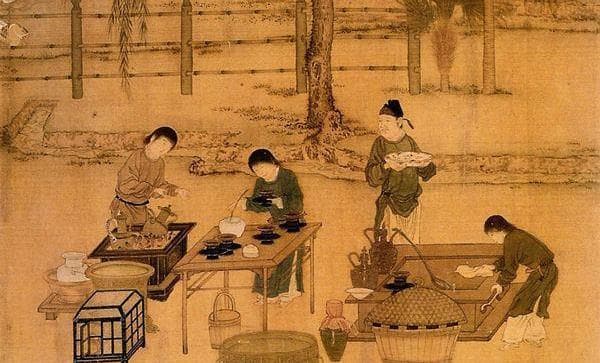
L'histoire du thé
- La source de thé
Dans 2700 Colombie-Britannique, La Chine a la légende de “L'empereur Shennong a goûté à une centaine d'herbes, la journée rencontrée soixante-douze poison, Obtenez du thé et résolvez-le. ” Dit Shen Nong a un estomac cristallin, manger quoi que ce soit, Les gens peuvent voir clairement de son estomac. À ce moment-là, Les gens mangeaient crus, Très facile à tomber malade. Afin de soulager les souffrances des gens, Shennong a essayé toutes les plantes qu'il a vues, pour voir comment ils ont changé dans l'estomac, pour déterminer lesquels ne sont pas toxiques et qui sont sains. Quand il a goûté les feuilles d'un arbre à feuilles persistantes avec des fleurs blanches, Les feuilles se lavèrent l'estomac de haut en bas, couler partout, Alors qu'ils vérifiaient quelque chose dans son estomac, “vérifier” en Chine a la prononciation de “Cha”. Alors il a appelé cette feuille verte “Cha”. Dans les pays latiums, Le thé est toujours appelé cha.
- Histoire de base du thé
1200 des années avant la dynastie Tang, est une période de pointe du développement économique de la Chine, par l'influence économique et culturelle de la dynastie Tang, Les espèces de thé de la Chine ont été introduites au Japon. C'est aussi pendant cette période que le livre de Lu Yu “Sutra de thé” a fait prospérer la culture de la consommation de thé sous la dynastie Tang.
1000 il y a des années, sous la dynastie des Song du Nord, avec l'amélioration de la technologie de préparation du thé, Le thé est devenu un produit commercial et un produit d'exportation très important de la dynastie des Song du Nord., et la porcelaine devint l'essentiel des exportations de la dynastie des Song du Nord., pour la dynastie Song en échange de nombreux chevaux ainsi que de produits et d'artisanat japonais d'Asie du Sud-Est, La Route maritime de la soie de la dynastie Song était autrefois très prospère.
Autour 1545, Les Lai Mai Xi italiens “Intégration des enregistrements de navigation” mentionné le thé chinois, qui est le premier document documentaire sur le thé en Europe.
Dans 1607, Des navires néerlandais sont venus de Java à Macao pour transporter du thé, et dans 1610 le transit vers l'Europe, est devenu le début des Occidentaux vers l'Est pour transporter du thé, à partir de là, Le thé chinois a commencé à occuper les recettes d'Européens. Au Xe siècle, Lorsque les marchands mongols sont venus en Chine pour s'engager dans le commerce, Le thé chinois en briques a été apporté de Chine à travers la Sibérie en Asie centrale trop loin. Au début du XVe siècle, Les navires marchands portugais sont venus en Chine pour le commerce, Et le commerce du thé vers l'Occident a commencé à apparaître. Les Néerlandais ont apporté le thé en Europe occidentale autour 1610 ANNONCE, et après 1650, il s'est propagé à l'Europe de l'Est, puis en Russie et en France. Il s'est propagé en Amérique au XVIIe siècle.
Indonésie dans 1684 a commencé à introduire un essai de semence de thé de la Chine, et a introduit plus tard la Chine, Graines du thé au Japon, et essai de graines d'Assam. À travers des hauts et des bas, Jusqu'à cette dernière partie du XIXe siècle a commencé à avoir des résultats significatifs. Après la Seconde Guerre mondiale, La récupération et le développement du thé ont été accélérés, Et cela a pris une place sur le marché international.
Dans 1780, L'Inde a été introduite en Chine par la British East India Company pour cultiver des graines de thé. À cette dernière partie du 19e siècle a été “Le nom du thé indien, plein de bruit dans le monde”. 17 siècle, Sri Lanka dans l'introduction de graines de thé de Chine pour tester les graines, Et encore dans 1780, plantation de test, 1824 des années plus tard et introduits à plusieurs reprises chinois, Techniciens de l'extension des graines de thé indien et location. La qualité du thé noir produit est excellente, Pour que le thé du monde génére des changes. 1880, Les exportations de la Chine vers le Royaume-Uni étaient autant que 1.45 millions de quintaux de thé, représentant soixante à soixante-dix pour cent des exportations de thé chinois.
Dans 1833, Les graines de thé ont été importées de Chine pour une plantation d'essai à l'époque russe impériale, et dans 1848, Les graines de thé ont été importées de Chine pour planter sur la côte noire. 1893, Le maître de thé chinois Liu Junzhou a été embauché et a dirigé un groupe de travailleurs qualifiés en Géorgie pour enseigner la plantation de thé et la technologie de fabrication du thé.
Dans 1888, Graines de thé importées en dinde du Japon pour la plantation d'essai, dans 1903, Kenya pour la première fois des graines de thé importées d'Inde, dans 1920 le développement commercial du thé, L'ampleur de l'opération est après l'indépendance en 1963. 1924, Les graines de thé Argan Yan en Amérique du Sud ont été importées de Chine pour planter dans la région du Nord et une expansion successive. Plus tard, Les expatriés japonais et soviétiques ont également installé des plantations de thé, Et après les années 1950, La zone et la production de plantations de thé ont continué à augmenter, devenir le principal pays producteur et exportateur de thé d’Amérique du Sud.
- Bref historique du thé
Avec la pleine mise en œuvre du “Route de la Soie”, le thé comme culture économique, se propage de la Chine au monde entier. Il a d'abord été introduit au Japon et en Corée, puis s'est répandu en Indonésie., Inde, Sri Lanka, et d'autres pays par la route maritime du sud. Au 16ème siècle, il a été introduit dans les pays européens puis sur le continent américain, puis s'est propagé à la Perse et à la Russie depuis le nord.
Et à la suite d'une page pour présenter l'histoire du thé dans différents pays.
https://www.theteaspot.com/pages/tea-traditions
Aujourd'hui, nous listons les meilleurs pays pour boire du thé
Le Royaume-Uni sera-t-il classé premier? Le Royaume-Uni ne prétend-il pas que « lorsque quatre heures de l’après-midi sonnent ?, tout le monde arrêtera tout travail et prendra le thé »?
Selon les statistiques de la Commission internationale du thé, les pays classés en termes de consommation de thé dans 2017 était la Chine, Inde, Turquie, Russie, le Royaume-Uni, et le Japon.
Chine:tieh-kwan-an

Le thé est la boisson nationale en Chine. Et ea infusé directement avec de l'eau bouillante sans ajouter de sucre ni de lait.
Parmi toutes sortes de thé, Tie Guanyin est un représentant du thé oolong et appartient au thé vert parmi les six principaux types de thé. Le thé Pu'er est un “organisme vivant”, sa principale caractéristique est qu'une fois le corps du thé terminé, le processus de vieillissement continu, les saveurs du corps du thé dans différentes périodes de vieillissement ne sont pas les mêmes. Jusqu'à des dizaines, près de cent ans.
Et en Chine, il existe de nombreuses maisons de thé et salons de thé comme les cafés dans les pays occidentaux. Comme boisson nationale, le thé n'est pas seulement la boisson la plus à la propriété sociale. Dans les milieux culturels, boire du thé est devenu une alternative à l’alcool.
Inde: thé au goût fort-“Lal-cha”

“Lal-cha” est aussi appelé “thé épicé”, principalement parce qu'il contient diverses épices. La culture indienne Lacha est née pendant la période coloniale britannique. Ils ont ajouté des épices locales, comme la cardamome, gingembre, Canelle, clous de girofle, etc. au thé au lait anglais (thé noir + Lait + du sucre), et a fait de grands progrès jusqu'à la formation du thé indien actuel.
Le soi-disant thé tirant signifie qu'une fois que tous les ingrédients sont mélangés et bouillis, le thé est versé d'avant en arrière entre deux récipients. Il peut non seulement mélanger complètement la fusion entre le thé, Lait, et des épices, mais montrent également les superbes compétences de thé du thé du maître du thé pour attirer les clients. Si vous passez du temps au Maroc, vous êtes assuré d'être servi de délicieux Thé à la menthe chaude, Cette boisson est pleinement ancrée dans la culture marocaine et fortement liée à l'hospitalité.
Turquie: Thé noir fraîchement infusé
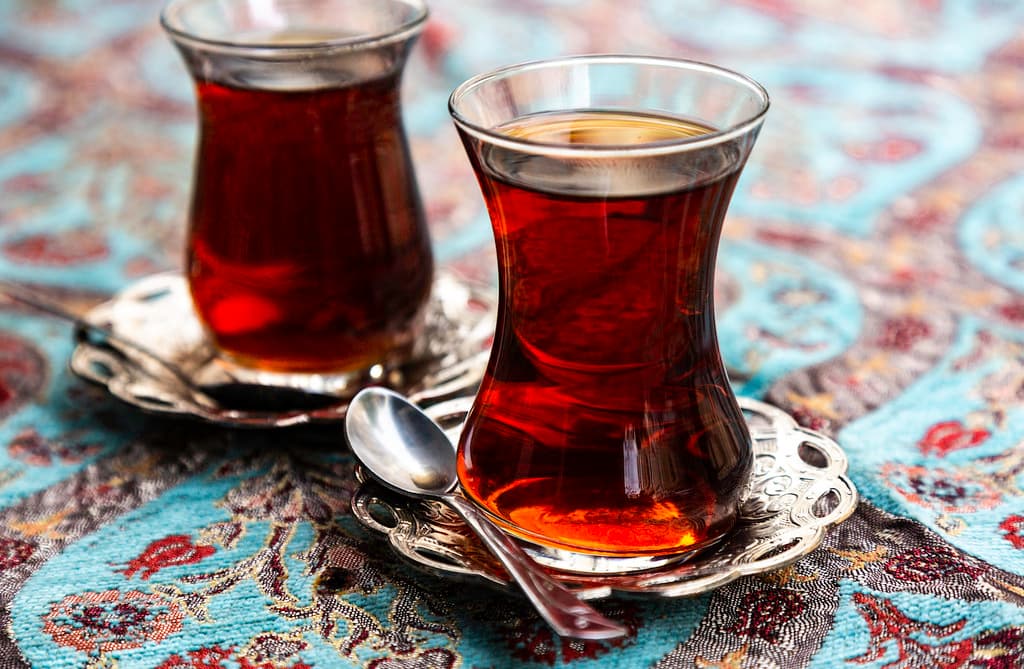
Les Turcs aiment boire du thé noir. Deux théières, un grand et un petit, sont utilisés pour faire du thé. La grande théière est placée sur le poêle pour faire bouillir de l'eau, puis la petite théière avec des feuilles de thé est placée dessus. Une fois l'eau bouillie, verser dans le petit pot, puis versez le thé fort dans le petit pot directement dans la tasse de thé, puis ajouter de l'eau bouillante en fonction de la préférence personnelle épaisse et légère, Ajouter du sucre granulé, Remuer et boire. Ce genre de thé noir fraîchement infusé est très sophistiqué pour le théâtre.
Russie: thé de spécialité

En Russie, Un ensemble de thé russe appelé “samovar” est souvent utilisé pour faire du thé. Un samovar est également appelé un pot à soupe au thé. Il est généralement en argent ou en cuivre. Il a deux murs à l'intérieur et à l'extérieur. Il est chauffé au milieu et rempli d'eau. C'est un peu comme un pot chaud traditionnel au charbon de bois. Il y a aussi des robinets et des jambes de support en dessous pour une versement de thé facile.
De nos jours, de la famille royale aux gens du commun, Le Samovar est un navire de thé indispensable pour chaque famille en Russie. Que ce soit trois repas par jour, rassemblements de parents et d'amis, Visites de personnes familières, célébrations du festival, ou même des pique-niques, Vous pouvez voir des samovars fumants partout.
Royaume-Uni: Thé élégant de l'après-midi
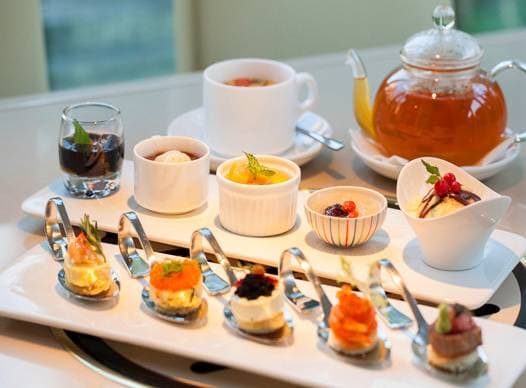
Au milieu du XIXe siècle, à commencer par la famille royale britannique, la tendance à boire du thé l'après-midi est devenue populaire dans la classe supérieure et s'est progressivement répandue dans tout le pays. À 4 heures tous les après midi, ils apprécieront le thé et les collations exquises pour soulager la faim entre le déjeuner et le dîner.
Il y a trois caractéristiques du thé britannique authentique de l’après-midi: environnement élégant et confortable, collations riches au thé, et services à thé haut de gamme. Les Britanniques aiment choisir le meilleur thé noir, accompagné de services à thé exquis en porcelaine ou en argent, placé sur la table à thé recouverte de nappes délicates et propose une variété de rafraîchissements avec un chariot, et profitez du temps libre de l'après-midi avec élégance.
Japon: Cérémonie du thé japonaise
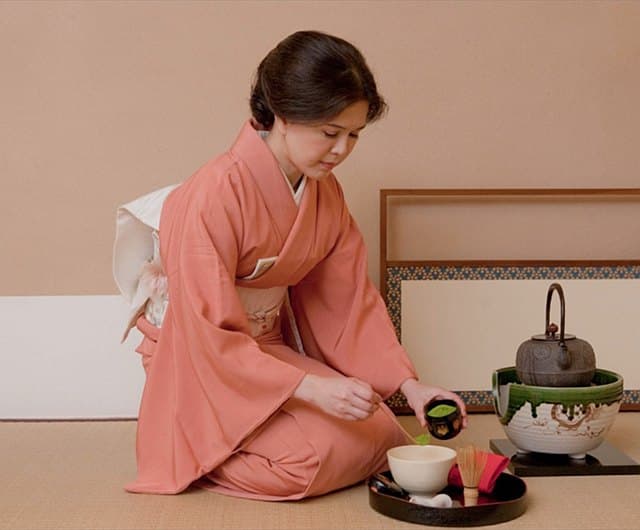
La méthode d'infusion du Matcha japonais est dérivée de l'ordre du thé de la dynastie Song de Chine.. Mettez une petite cuillerée de thé en poudre dans le bol à thé, ajouter une quantité appropriée d'eau, et utilisez un outil appelé théière pour fouetter rapidement la mousse. Quand tu le bois, vous tenez directement le bol à thé et prenez une petite bouche. La soupe au thé est délicate et sucrée.
La culture japonaise actuelle de la cérémonie du thé est un art culturel complet qui combine la philosophie, religion, littérature, éthique, morale, peinture, architecture, etc., formé et développé sur la base de la culture chinoise du thé.
Thé glacé Amérique du Nord
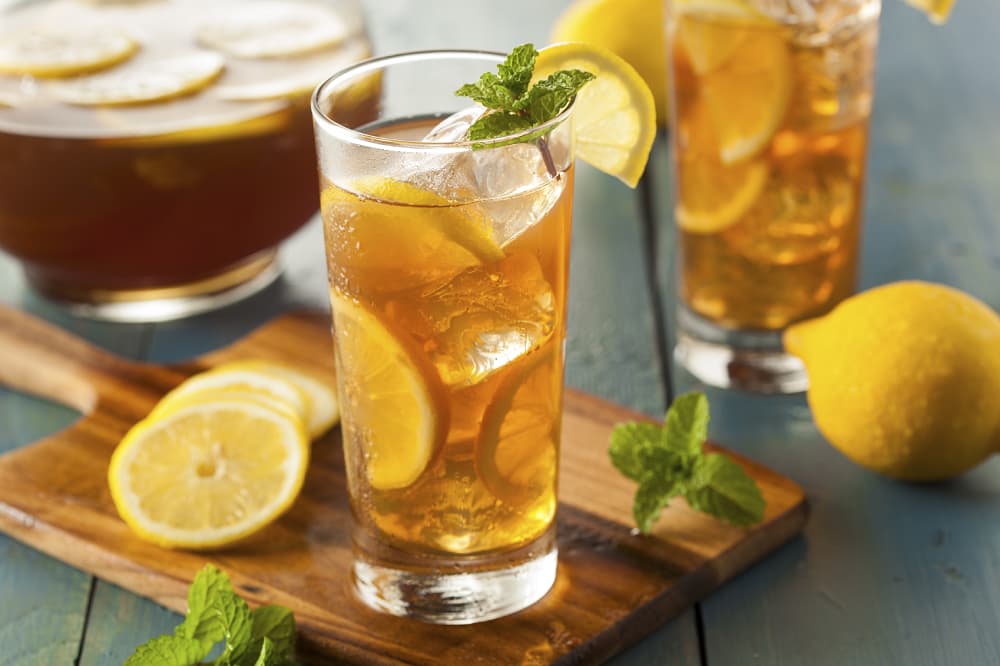
Il est intéressant de noter que l’indépendance des États-Unis est liée au thé., et tout le monde sait que le service du thé à Boston a été l'étincelle de l'indépendance américaine. Ce qui est encore plus intéressant, c'est que les États-Unis ont contribué à la popularisation du thé glacé., ajouter des glaçons au thé pendant les mois chauds d'été, une pratique qui a conduit à ce que la consommation annuelle de thé glacé aux États-Unis atteigne plus de 40 milliards de tasses par an.
La température de préparation du thé et des services à thé
Chaque pays a des coutumes de consommation de thé adaptées aux conditions climatiques locales et aux traditions culturelles., qui reflète la richesse et la diversité de la culture du thé et sa forte tolérance. Mais pour avoir le meilleur goût des différents thés, Le tableau suivant répertorie les températures d'infusion les plus adaptées aux différents thés et les services à thé les plus adaptés..
| Image | Température | Température de l'eau | Service à thé |
|---|---|---|---|
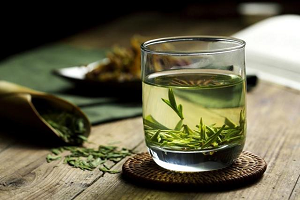 |
Thé vert | 85℃-95℃ | verre |
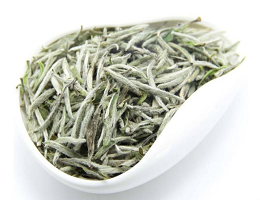 |
Thé blanc | 85℃-90℃ | gros pot |
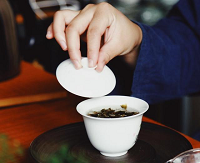 |
Thé Oolong | 90℃-95℃ | bol couvert |
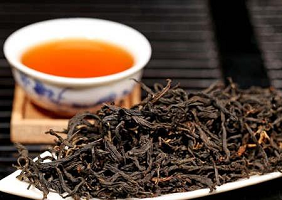 |
Thé noir | 85℃-90℃ | tasse en porcelaine |
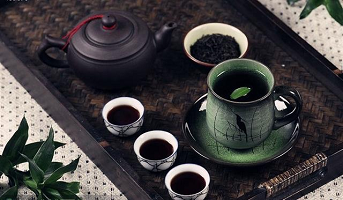 |
Thé fermenté | 95℃ | Théière en argile Yixing |
La température de l'eau la plus appropriée pour le thé vert est de 80° à 85°., la température la plus adaptée pour le thé noir est de 95°, et la température d'infusion du café convient à 85-92°. Quiconque connaît le thé comprend l'importance de la température de l'eau pour le thé.. La surchauffe le rendra amer, et trop froid provoquera de la légèreté. Si une bouilloire ordinaire n'a pas de thermomètre, il est difficile de contrôler la température de l'eau, et le système d'abreuvement instantané peut aider le “amateur de thé” préparer une théière de bon thé plus facilement.
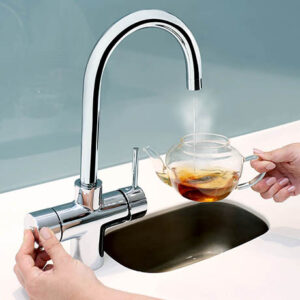
L'eau bouillie à plusieurs températures peut être libérée instantanément, gagner du temps et être plus frais et plus sain. Le filtré “eau adoucie et filtrée” entrera directement dans le réservoir d’eau de chauffage, et de l'eau bouillante saine peut être libérée en un seul clic. La température de l'eau bouillante peut être ajustée librement selon les différentes variétés de thé, ce qui réduit considérablement le processus fastidieux de faire bouillir l'eau pour préparer le thé.
Non seulement la conservation de la chaleur, un instant, conception de stockage d'eau de grande capacité, même s'il y a plusieurs invités à la maison, mais les boissons chaudes peuvent aussi être facilement manipulées. en outre, pour des invités aux goûts différents, le système d'eau intégré sous la cuisine de HCdrink peut fournir de l'eau filtrée à température normale, l'eau glacée, et de l'eau gazeuse à tout moment, et préparez à tout moment différentes boissons telles que du bubble tea pour les invités ou les membres de la famille.
L'évolution des temps permet non seulement au thé d'avoir une expression plus riche et plus diversifiée, mais apporte également des systèmes d'eau de meilleure qualité à la vie familiale quotidienne des utilisateurs du monde entier., le rendre pratique partout. La culture saine du thé imprègne la vie alimentaire de chacun, et l'eau suit également l'amélioration de la vie. La qualité a un “saut qualitatif”, dire au revoir à la malsaine “eau brute” ère. Boire du thé rend les gens plus sains, Iwater l'intention initiale du développement du système d'eau de l'évier de la cuisine coïncide également avec le “cérémonie de thé”. Partant d'un sentiment de santé, L'eau potable avec un sentiment de rituel est également l'expérience ultime de transcendant le temps et de profiter d'une vie de haute qualité.
